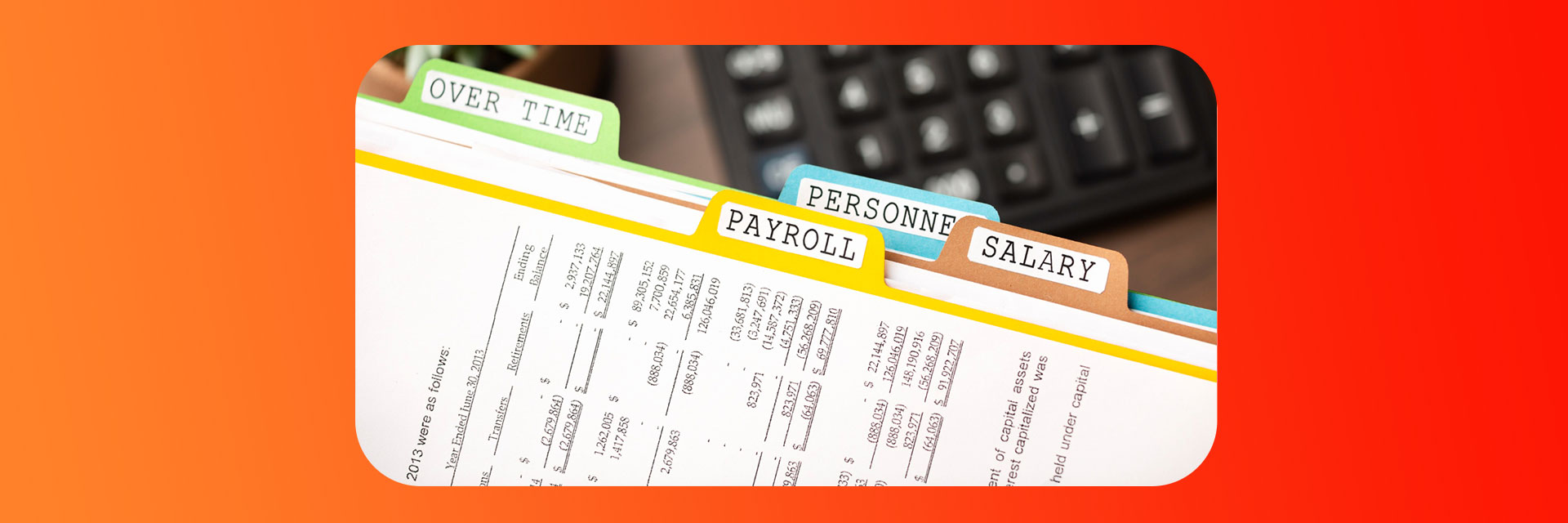Growth brings customers, revenue, and complexity. As teams expand across Doha, Lusail, and Al Wakrah the gaps in spreadsheets and paper files get wider. A reliable HR and Payroll System closes those gaps. It keeps salaries accurate, records tidy, and people informed so managers can spend time on performance and service instead of chasing forms.
The hidden cost of manual HR work
Small errors snowball. A missed allowance creates a payroll fix. A late leave approval turns into a scheduling scramble. Paper contracts go missing and onboarding stalls. Each incident seems minor on its own, yet together they drain time and trust. An HR and Payroll System replaces scattered tools with one source of truth that everyone can trust.
What a modern HR and Payroll System delivers
Accurate payroll for local rules
Qatar’s payroll needs are specific. Housing, transport, overtime, and end of service must be calculated with care. A good system applies your policies every month, produces clean payslips in Arabic and English, and gives finance a clear ledger export. That means fewer corrections and calmer month ends.
Attendance and leave that reflect real life
Shifts, split schedules, and remote work are common. Staff clock in by device or kiosk. Approvals route to the right manager. Leave balances update instantly so people know where they stand. For multi site teams you can see who is on duty today without calling three supervisors.
Hiring to onboarding without email chains
Vacancies post to job boards. Applicants flow into a simple tracker. When you select a candidate the system builds the offer, collects documents, and creates the employee record. Day one arrives with payroll details ready and access already assigned.
Built for a bilingual workforce
Qatar is bilingual. Interfaces, notifications, and payslips should read cleanly in Arabic and English. Right to left layouts must feel natural. When language is handled with care fewer questions reach HR and people feel respected from the start.
Mobile access that fits busy teams
Most employees live on their phones. With a secure app they can view payslips, request leave, update details, and see schedules. Managers approve on the move. This lightens the inbox and speeds up routine decisions without meetings.
Clean data for better decisions
Leaders do not need more reports. They need the right ones. A solid HR and Payroll System shows headcount by department, overtime trends by site, and hiring lead time by role. With that view you can cut unnecessary overtime, plan training for the right month, and hire before service levels dip.
Compliance, security and audit readiness
People trust you with their personal data. Protect it. Choose a system with role based access, encryption at rest and in transit, and full audit logs. When auditors visit you can produce policy documents, approvals, and payroll journals in minutes. Confidence rises because checks are built into daily work rather than added at the end.
Integrations that remove duplicate steps
HR does not work in a vacuum. The right platform connects to accounting, time and attendance, and access control. Approved overtime flows to payroll. Posted payroll journals appear in finance. Suspended staff cards stop working at the door until HR clears the status. These links reduce mistakes and keep teams in sync.
Quick wins across common sectors
Hospitality and retail
Shift swaps, peak season hiring, and high turnover need structure. Templates for contracts and uniforms cut onboarding time. Weekly labor cost reports help managers schedule smarter and protect margins without cutting service.
Healthcare and education
Credential tracking and roster planning are critical. The system can flag expiring licenses and ensure classes and clinics have the right mix of staff. Parents and patients see steady service because staffing is planned, not improvised.
Professional services and construction
Projects move quickly. Allocations change with each phase. A centralized roster shows who is available, who is billable, and who needs time off. Payroll mirrors project reality so invoices and margins stay healthy.
How to choose a partner in Qatar
Start with core needs. Accurate payroll, bilingual self service, and dependable reporting. Ask about local support, migration help, and training. Test the steps that matter. Create a hire, run a payroll, change a schedule, and pull an audit trail. If those feel simple, adoption will stick. For a focused overview of options built for local teams, review this HR and Payroll System in Qatar and map features to your workflow.
Implementation tips that reduce friction
Clean your data first. Standardize job titles, grades, and allowances. Roll out in phases. Payroll and leave, then performance, then recruitment. Keep training short and practical. Show staff how to download payslips and request leave. Show managers how to approve and review. Track questions during the first payroll cycle and improve your guides.
The payoff you can measure
You will see fewer payroll corrections, faster onboarding, and clearer schedules. HR will spend more time on coaching and succession planning. Finance will close months sooner because journals reconcile cleanly. Employees will trust the process because it works the same way every time.
Conclusion
Growing companies in Qatar thrive on clarity and consistency. A strong HR and Payroll System provides both. It organizes people data, automates routine tasks, and gives leaders the insight to plan with confidence. If you want a practical place to start, explore this cloud HR and payroll solution for Qatar and choose the features that will make the biggest difference in your next quarter.


